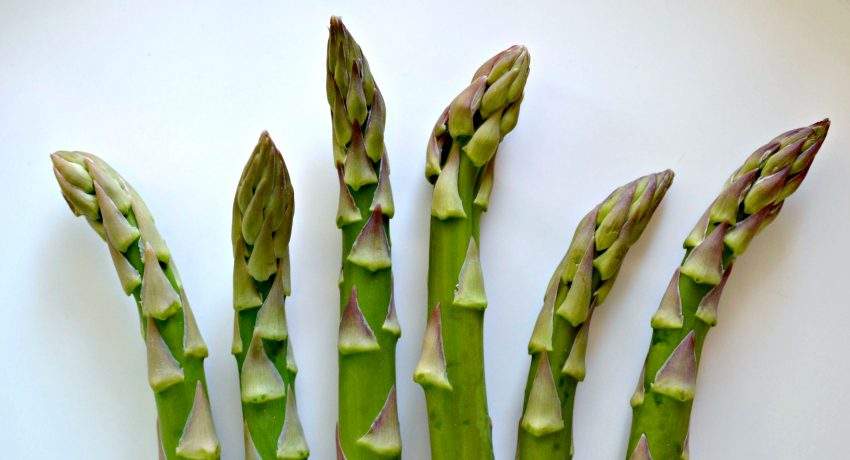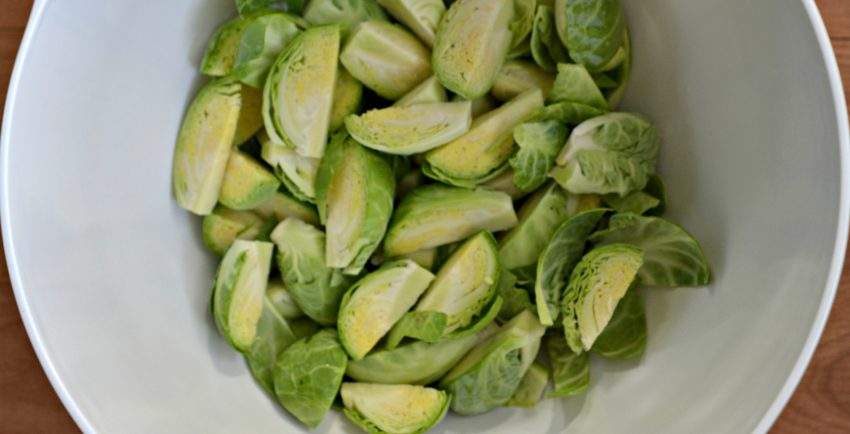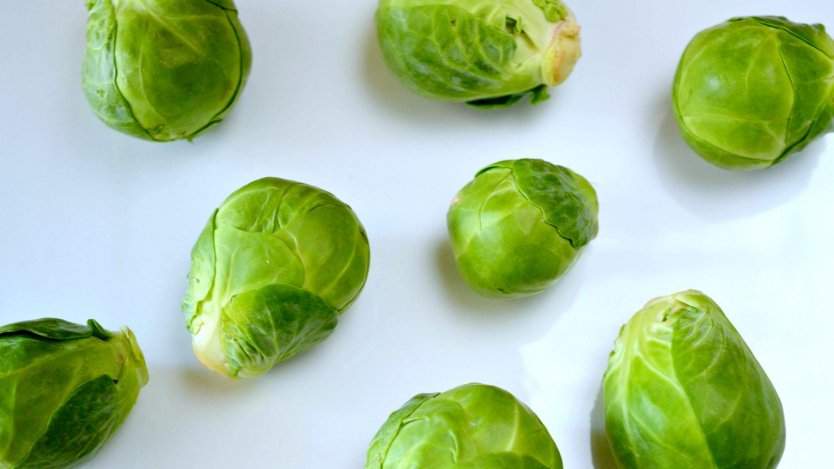Most of us have a few ingredients we refuse to touch with a 10-foot fork. It’s likely these aversions were introduced to us in our childhoods, as we were routinely tortured by overcooked Brussels sprouts, leathery roasts and fishy seafood. Now, despite overcoming traumas and growing into successful, happy human beings, we still can’t seem to shake those deep-rooted and haunting food memories.
Maybe you ate asparagus boiled to the point of mush, unseasoned and bland, or perhaps you were the victim of old cookbooks that taught people to simmer celery in Crisco. That doesn’t mean you should give up on these innocent ingredients forever.
Not only has the way we source and prepare our food changed, but our taste sensations, interpretation and appreciation have also changed over time. We suggest revisiting the following “icky” ingredients and giving them the opportunity to make a new impression on your grown-up taste buds.
Anchovies
You are probably convinced that you don’t like anchovies because of their strong, fishy taste and tiny bones. But, chances are, you've eaten anchovies on more than one occasion without realizing it, when they were sneakily hiding in Worcestershire sauce, fish sauce, and many Caesar salad dressings. They provide that irresistible umami, a salty, savoury and nutty quality. The trick is to blend them into the base flavour of a larger recipe (like garlic and onions), not use them as a primary element. Because we mainly use them to build flavour, we don’t discriminate whether you buy them fresh, packed in oil, or as a paste.
Asparagus

Shame on your family if they destroyed this noble vegetable by boiling the hell out of it, leaving it bland and mushy. Or God forbid your family didn’t remove the tough stems and left bouquets between your teeth. Try these bright spears grilled on the barbecue, roasted in the oven, or steamed, as long as they are left al dente enough to keep that natural snap to them. Cook them in olive oil, topped with freshly grated Parmesan cheese, lightly sprinkled with sea salt and black pepper. Or better yet, try serving them with a runny poached egg on top.
Beets
Sure, what's left in the toilet after consuming beets is startling enough to scare off any five year old. And, sure, you might have thought you put dirt in your mouth, but your more sophisticated adult palate would define beets' flavour as “earthy” now. Not only are beets delicious and sweet (when prepared properly. There seems to be a common theme here), they are also incredibly rich in vitamin C, potassium and heart-healthy phytochemicals. Still steering clear from boiling (just for a little while), try them roasted, broiled, steamed or shredded raw; and dressed with olive oil and balsamic vinegar, feta or goat cheese, fresh herbs, and toasted nuts. Play around with red, golden or Chioggia (candy cane) beets to add brilliant colours to your dishes.
Brussels sprouts

It seems the humble Brussels sprout is the mother lode of hated childhood vegetables. Much like cabbage, it releases more sulfurs the more it is cooked, so please refrain from boiling to death. In fact, let’s just forget about boiling completely for now. These mini cabbage look-alikes pack tons of flavour, and have multiple health benefits when not overcooked. So, look into your heart, forget the stigma, and embrace the Brussels sprout! Try thinly slicing them and using them in a salad the same way you'd use a hearty green, like kale. Or, try roasting or pan-frying them with pancetta, shallots, garlic and butter (you can kill two birds with one stone, and use anchovy butter). You’ll thank us later.
Cabbage
So you had one too many overcooked cabbage rolls growing up, you can still recall that faint rotten egg smell when you think of them (not to mention the aftermath of eating them). The fact is, the longer you cook cabbage, the more sulfurous it becomes. Unfortunately, the strong smell and soft texture have put a lot of people off for life. However, lightly blanched, fried, braised or baked cabbage really shows them off and hits the spot. Of course, it’s all about the flavours you choose to highlight it with. An Eat North favourite is raw cabbage, as in good old coleslaw. Try mixing a variety of cabbages like red, Savoy and Napa; apply Asian flavours such as sesame oil, soy sauce, ginger, rice wine vinegar, and cilantro; and add the slaw to your favourite fish taco recipe. And please, if you’re into kimchi, then it’s time to give sauerkraut a second chance, ja?
Liver
Long before foie gras became a culinary delicacy and common sight, you may have witnessed your grandma fry up liver for a quick snack. The pungent smell alone was probably enough to turn you off, but we're all about second chances. Liver is one of the most nutrient-rich foods you can eat, despite what you know about the liver’s job. It’s an excellent source of iron and vitamin A. You don't have to leave it solely in the hand of chefs, though. Try using it in pate and smearing that over bread.













